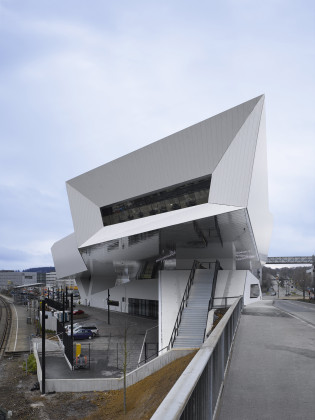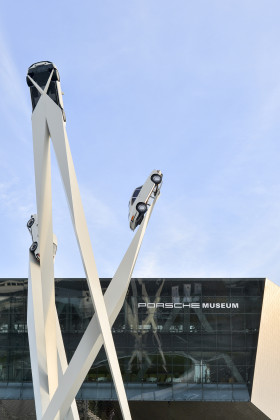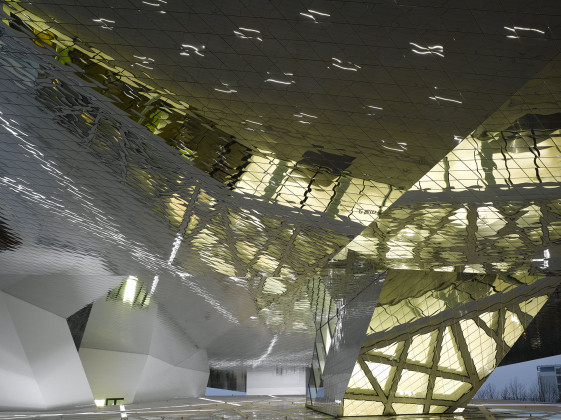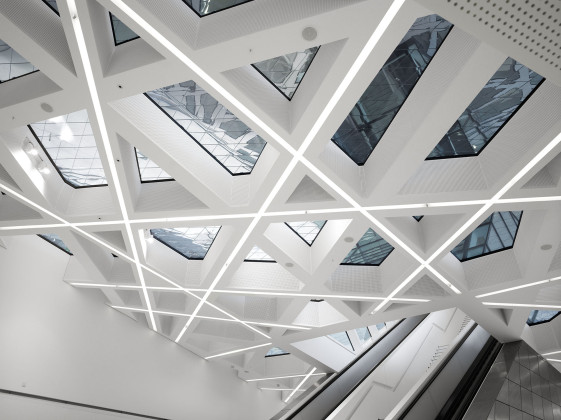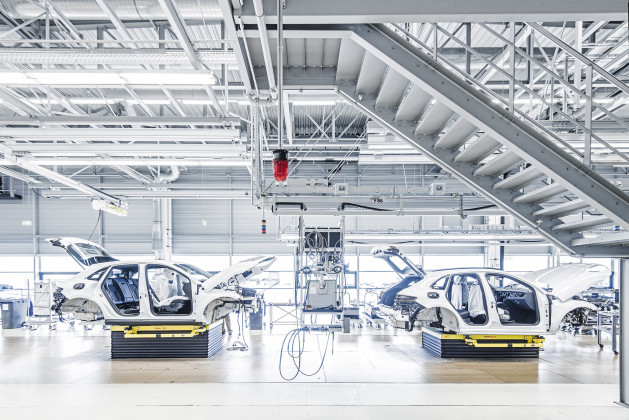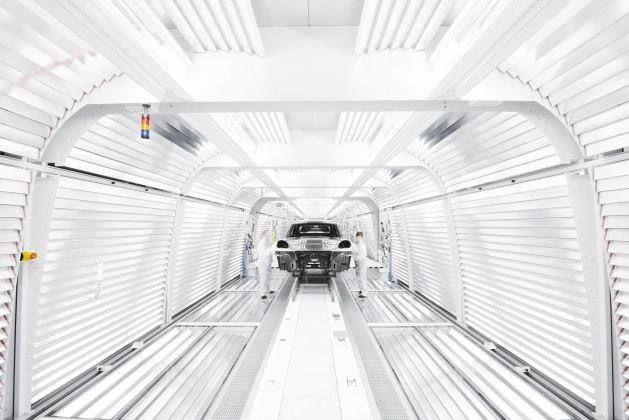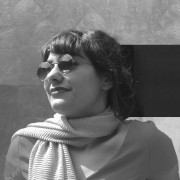Porsche Museum: Presently in the Future
Our understanding of the time as unilateral and linear running due to entropy makes us consider the future as if it lies in front of us in a format that requires construction. As we design our lives in a similar deliberation frame, we tend to create scenarios over the people that we dream as “our future versions”. This attitude which we practice quite often as individuals is applied within the discipline of architecture to create futuristic constructions in a similar way but at different scales. Firstly, it’s compromised over consumer behavior styles of a common future and then the place is organized with that reference. What makes this even more interesting to an individual is the possibility of being at two different time zones simultaneously; we live through the architectural experiences that we find feasible in the future, at present and as individuals of today. When these constructions are held as museums, it adds one more time-layer to the experience of visitor: memory of the past. The estimated state of future, present moment and memory of the past come together and the mind skips between these times.
Porsche Museum turns the first encounter into a staggering effect with its futuristic style and architectural language that seems as if it has been teleported from the future to this day, while creating a state of rootlessness at the intersection time of the brand’s past and visitor’s today. The museum of sports and race cars brand Porsche, located at Stuttgart, is a project that belongs to the winners of 2005 contest: “Viennese Delugan Meissl Architects”. The construction, conducted between 2005 and 2009, resides at the area in which the corporation was established and went through its historical development. The design, which expands to a 27,692 square meter field had been completed while doubling the anticipated budget of 50 million euros.
The museum, that can be considered as the extension of brand identity or its real reflection puts the visitor into brand’s cosmos through environmental factors at first encounter. The settlement which emphasizes velocity and dynamism gives out the first hints through three automobiles that stand as if they would shoot off to sky located at the intersection right across museum. When looked from here, the museum reminds a vehicle which is about to take off with its entire whiteness. Dynamically shaped building which flies in the face of gravity is 140 meters tall and 70 meters wide along with its 35 thousand ton weight. This gigantic mass is located at both axles and rises on three V-shaped columns. These columns not only carry the building but also host the building’s inner circulation’s main veins, escalators and horizontal lifts. The dynamic and intriguing structure of the building proceeds with an uninterrupted colossal glass at frontage. The reflections created by the aluminum coverings below the glass create a quite dramatic impact. Right alongside this effect, the conjuncture of its white bulk, wide glass fronts and aluminum reinforces the feeling of the future being illuminated.
The impressive display of the museum also continues nonstop inside. The founder of the interior atmosphere is HG Herz Architecture as in Mercedes Benz Museum. The first confrontation of visitor with the intersecting and intertwining units of the construction starts with the carrier columns which are covered with aluminum at the entrance. These units turn into functional structures inside. Awkwardly, this commitment style abolishes the differentiation of interior and exterior at individual’s communication with the place. After this blurry border passing, the visitor arrives to the ground floor where a restaurant named Christopherus, a café, museum store and atelier spaces of classical vehicles are located. Afterwards, it’s passed through colons to the upper floor exhibition halls. This staircase, which constitutes one of the main elements of circulation, creates the impact of a time-tunnel. This effect does not originate only from the connection of entrance floor where current events take place, to the upper floors where one travels to the past of the brand; the atmosphere is also supported by the materials and colors used. The top floor display area is defined by three volumes: Porsche Idea, Product History and Thematic Areas. Thematic Area is divided into sections in itself, referring the brand’s strong values such as “light”, “smart”, ”fast” and “strong”. All these settlements, the simplification of the place and the almost elimination of the linear elements make the visitor focus solely on the exhibited cars. The automobile designs give the colors to these spaces, which are made up entirely of white floors and walls. This floating spectrum of spectacles in stunning white puts the visitor in a strange sense of disorientation that feels like the exhibited cars are hanging in the air.
The objects exhibited at the museum belong to the collection of extraordinary prototypes, including the brand’s sports and race cars which are not encountered outside and incorporates more than 80 designs. The 911 Turbo S which has been developed for motor sports, with the 924 Carrera GTS, the 911 GT1 and 911 SC / RS developed for the LeMans, and the 356 America Roadster models are exhibited, all of which are among the brand's classic. These vehicles are displayed on green showcasing units in very close tones to white, or without platforms, instead of distracting flashy platforms. Another dominant theme at the museum is motor races; over 150 cups are exhibited on the walls which lay emphasis on the championships held until now. On the other side, the light placement of 320,000 LEDs offers a varied show of visuals from the races and quotes of Porsche racers. Starting with a hand-made replica of the Porsche 64, also known as the Berlin-Roma car, the exhibition introduces the only product of an intercity race planned in 1939, but never realized. Also, the design that will define the future life of Porsche sports cars is exhibited starting with the Porsche 356.
Porsche Museum as an example of “timeless form” or “a form creating its own time” exhibits the automobiles within the cosmos that it created through architecture. This atmosphere, produced in both material and form, lets the visitor swing in between different layers of time. This fracture in time makes the void in the space noticeable and enables the visitor to touch the void outside the body boundaries. It allows to sort of break out of time and space, and to exist in another fiction-slice. Thus, the experience creates a balanced union between architecture and object, and turns into a harmonious display in which neither of them steals one another’s light.
Related Content:
-

Prix Versailles Unveils World's Most Beautiful Museums List for 2024
-

İşbank Painting Sculpture Museum
-

MUMO: The Innovative Museum Truck
-

La Vetrina dell’Ingegno
-

Contrasting Ceramics - Princessehof
-

Quake Museum
-

Wall, Hall, Dust & Rust
-
The Elephant in the Gallery
Melis Uğurlu commentates on her unique experience of Elephant West, a gallery that relieves visitors from the fatigue of white cubes
 21.09.2017
21.09.2017



